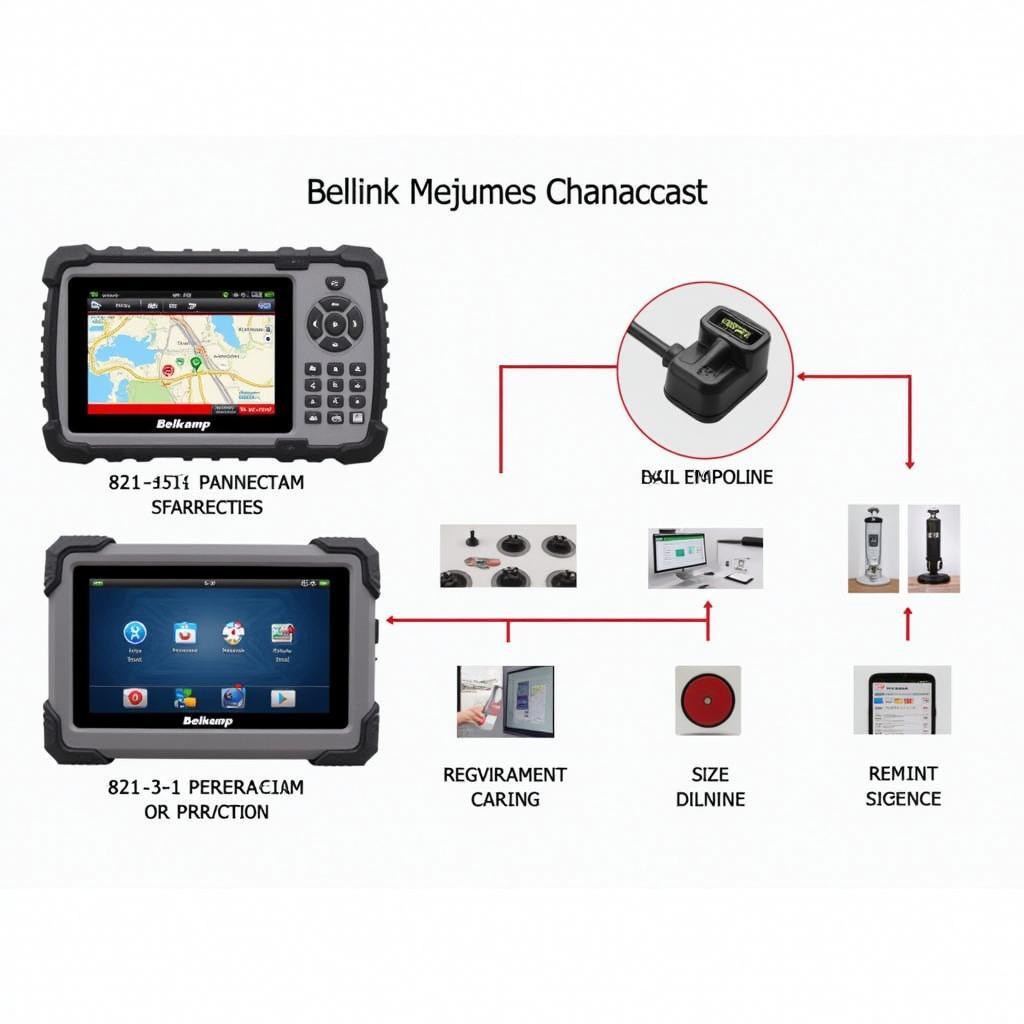Dealing with a pesky check engine light? You’re not alone. It’s a common issue for car owners to encounter those illuminated dashboard warnings. Often, the culprit is a minor glitch, and you might be wondering how to clear codes on a car without a scanner. While a car diagnostic scanner best is the most reliable method for diagnosing and clearing trouble codes, there are a few workarounds you can try at home.
Keep in mind that these methods might not work for all vehicles, and it’s always best to consult with a qualified mechanic for persistent issues. However, if you’re facing a minor code, these techniques could save you a trip to the shop.
Understanding Car Trouble Codes
Before we dive into the methods, let’s understand what we’re dealing with. Your car’s computer system continuously monitors various sensors throughout the engine and emissions system. When something seems amiss, it logs a trouble code, triggering that dreaded check engine light.
A diagnostic scanner acts as the interpreter between your car’s computer and you. It reads these codes, providing a description of the problem and allowing you to clear them once resolved.
Methods for Clearing Car Codes Without a Scanner
Here are a few techniques you can try to clear those pesky codes:
1. The Battery Disconnect Method
This is perhaps the most common and straightforward approach:
- Safety First: Before you begin, ensure your engine is off and the ignition is switched off.
- Locate the Battery: Open your car’s hood and locate the battery. It’s typically a black rectangular box with positive (+) and negative (-) terminals.
- Disconnect the Negative Terminal: Using a wrench, carefully loosen the nut on the negative (-) battery terminal and disconnect the cable.
- Wait: Allow the car to sit for at least 15-20 minutes. This waiting period helps drain residual power from the car’s computer, effectively resetting it.
- Reconnect the Terminal: After the wait, reconnect the negative battery terminal and tighten the nut securely.
Does this always work? The battery disconnect method works by resetting the car’s ECU (Engine Control Unit), essentially clearing its short-term memory. However, if the underlying issue causing the code hasn’t been addressed, the check engine light will likely reappear.
2. The Fuse Box Trick
This method involves targeting the specific fuse responsible for the engine control unit:
- Consult Your Manual: Locate your car’s fuse box. Its location varies depending on the make and model. Refer to your owner’s manual for guidance.
- Identify the ECU Fuse: Again, your owner’s manual will be your best resource for identifying the correct fuse related to your car’s ECU or engine management system.
- Remove the Fuse: Once identified, carefully remove the fuse. You can usually use a fuse puller (often located within the fuse box) or a pair of needle-nose pliers.
- Wait and Replace: Similar to the battery disconnect method, wait 15-20 minutes before reinserting the fuse.
A word of caution: This method requires accuracy in identifying the correct fuse. Removing the wrong fuse can lead to further electrical issues.
3. Driving to Clear Codes
Sometimes, the simplest solution is to let the car do the work itself:
- Drive Cycles: Some codes clear themselves after a certain number of “drive cycles.” A drive cycle typically involves starting the car from cold, driving it for a specific duration and under specific conditions (speed, engine temperature), and then turning it off.
Important Note: The requirements for a drive cycle vary significantly between car manufacturers and specific codes. This method is more likely to work for minor emission-related codes.
When to See a Mechanic
While the above methods might offer temporary relief, remember that they don’t address the root cause of the problem. If your check engine light persists or reappears, it’s crucial to consult with a qualified mechanic.
Consider these scenarios:
- Recurring Light: If your check engine light returns soon after trying these methods, the issue likely requires professional attention.
- Flashing Light: A flashing check engine light often indicates a severe problem requiring immediate attention to prevent potential engine damage.
- Performance Issues: If you experience noticeable changes in your car’s performance, such as rough idling, loss of power, or strange noises, don’t delay seeking professional help.
Conclusion
While it’s tempting to tackle car issues independently, understanding how to clear codes on a car without a scanner should be approached with caution. These methods might provide a quick fix in some instances, but they are not a substitute for proper diagnosis and repair. Always prioritize your car’s health and consult with a qualified mechanic for persistent or serious issues.
For expert assistance with car diagnostic tools, including scanner code car software and OBD2 scanner for Indian cars, contact ScanToolUS at +1 (641) 206-8880 or visit our office at 1615 S Laramie Ave, Cicero, IL 60804, USA. Our team is here to help you get back on the road safely!

